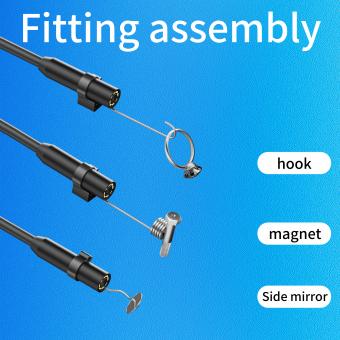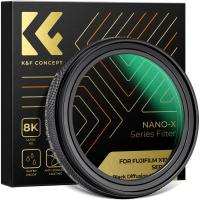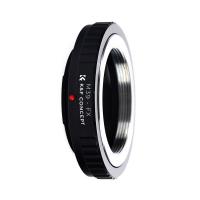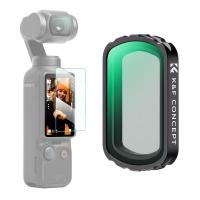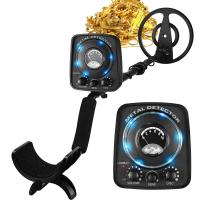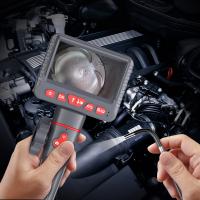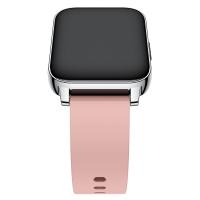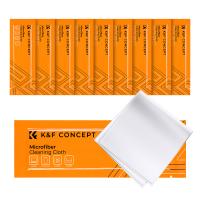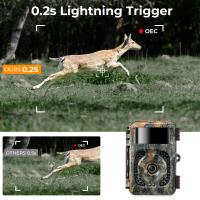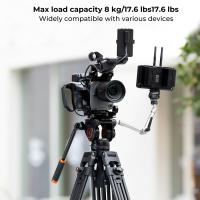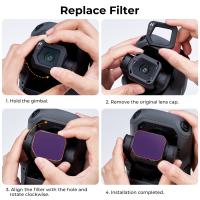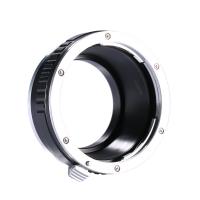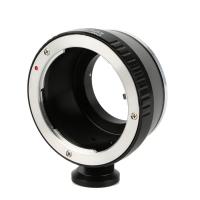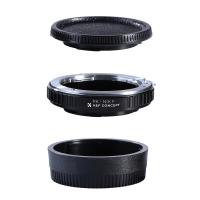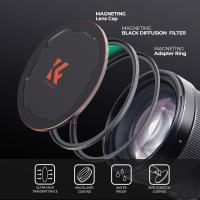Can I Get An Endoscope At Gastroenterologist?
Yes, gastroenterologists commonly use endoscopes to diagnose and treat conditions of the digestive system. An endoscope is a flexible tube with a camera and light on the end that allows the doctor to see inside the body. During an endoscopy procedure, the doctor can examine the esophagus, stomach, and small intestine to look for abnormalities such as inflammation, ulcers, or tumors. They can also take tissue samples (biopsies) for further testing. Endoscopes can also be used to treat certain conditions, such as removing polyps or stopping bleeding. If you are experiencing symptoms such as abdominal pain, difficulty swallowing, or persistent heartburn, your gastroenterologist may recommend an endoscopy to help diagnose the cause of your symptoms.
1、 Endoscope Definition and Function
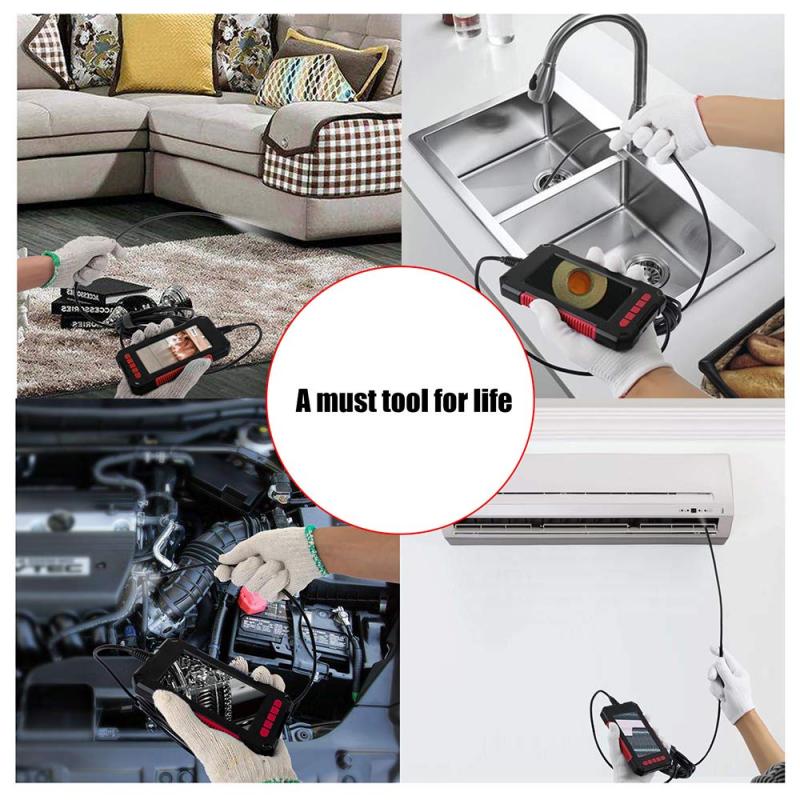
An endoscope is a medical instrument used to examine the inside of the body. It is a flexible tube with a camera and light source at the end that allows doctors to see inside the body without making large incisions. Endoscopes are commonly used in gastroenterology to examine the digestive tract, but they can also be used to examine other parts of the body, such as the lungs, bladder, and uterus.
During an endoscopy procedure, the endoscope is inserted into the body through a natural opening, such as the mouth or anus, or through a small incision. The camera at the end of the endoscope sends images to a monitor, allowing the doctor to see inside the body and identify any abnormalities or issues.
Endoscopes are an important tool in diagnosing and treating a variety of medical conditions. They can be used to detect and remove polyps, diagnose gastrointestinal diseases, and even perform surgeries.
Can I get an endoscope at a gastroenterologist?
Yes, you can get an endoscope at a gastroenterologist. Gastroenterologists are medical specialists who focus on the digestive system and are trained to perform endoscopy procedures. If you are experiencing symptoms such as abdominal pain, bloating, or changes in bowel movements, your doctor may refer you to a gastroenterologist for an endoscopy.
Endoscopy procedures have become increasingly common and are generally considered safe. However, as with any medical procedure, there are risks involved, such as bleeding or infection. Your doctor will discuss the risks and benefits of the procedure with you before scheduling it.
In conclusion, endoscopes are an important tool in diagnosing and treating medical conditions. If you are experiencing symptoms related to the digestive system, your doctor may refer you to a gastroenterologist for an endoscopy procedure. It is important to discuss the risks and benefits of the procedure with your doctor before scheduling it.
2、 Types of Endoscopes Used in Gastroenterology
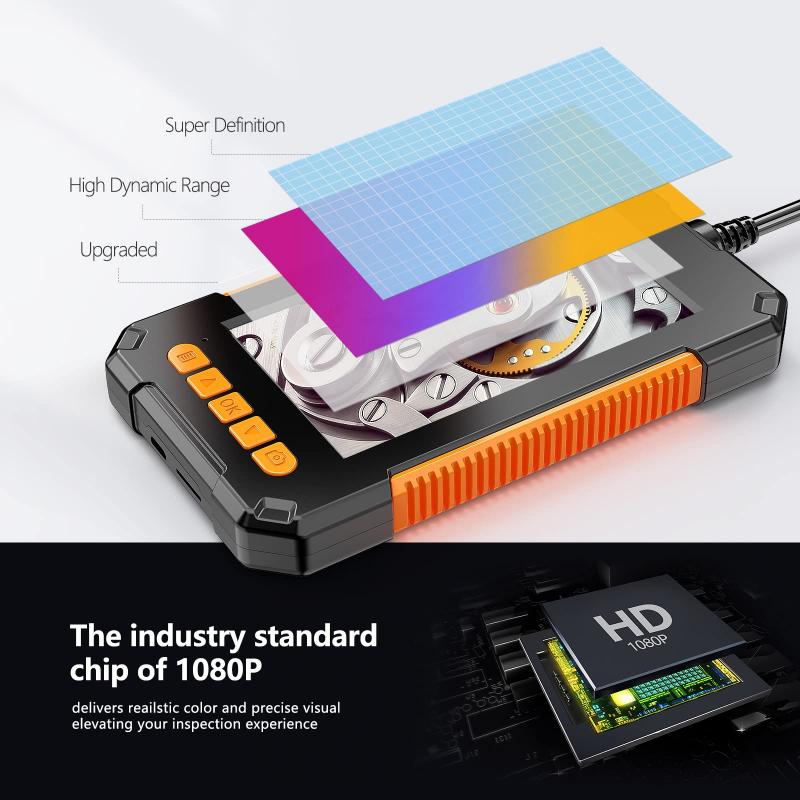
Gastroenterologists use various types of endoscopes to diagnose and treat gastrointestinal (GI) conditions. Endoscopes are thin, flexible tubes with a camera and light at the end that allow doctors to see inside the GI tract. Here are some of the most common types of endoscopes used in gastroenterology:
1. Upper endoscopy: This endoscope is used to examine the upper GI tract, including the esophagus, stomach, and duodenum. It can help diagnose conditions such as acid reflux, ulcers, and inflammation.
2. Colonoscopy: This endoscope is used to examine the large intestine and rectum. It can help diagnose conditions such as colon cancer, inflammatory bowel disease, and polyps.
3. Endoscopic ultrasound: This endoscope uses sound waves to create images of the GI tract and nearby organs. It can help diagnose conditions such as pancreatic cancer and gallstones.
4. Enteroscopy: This endoscope is used to examine the small intestine. It can help diagnose conditions such as Crohn's disease and celiac disease.
5. Capsule endoscopy: This endoscope is a small, pill-sized camera that is swallowed and takes pictures as it travels through the GI tract. It can help diagnose conditions such as small bowel tumors and bleeding.
6. Endoscopic retrograde cholangiopancreatography (ERCP): This endoscope is used to diagnose and treat conditions of the bile ducts and pancreas. It can help diagnose conditions such as gallstones and pancreatitis.
In conclusion, gastroenterologists use various types of endoscopes to diagnose and treat GI conditions. The type of endoscope used depends on the specific condition being evaluated. The latest advancements in endoscopy technology have made these procedures safer and more effective, allowing doctors to diagnose and treat GI conditions with greater accuracy and precision. If you are experiencing GI symptoms, it is important to consult with a gastroenterologist to determine the best course of treatment.
3、 Preparation for Endoscopy Procedure
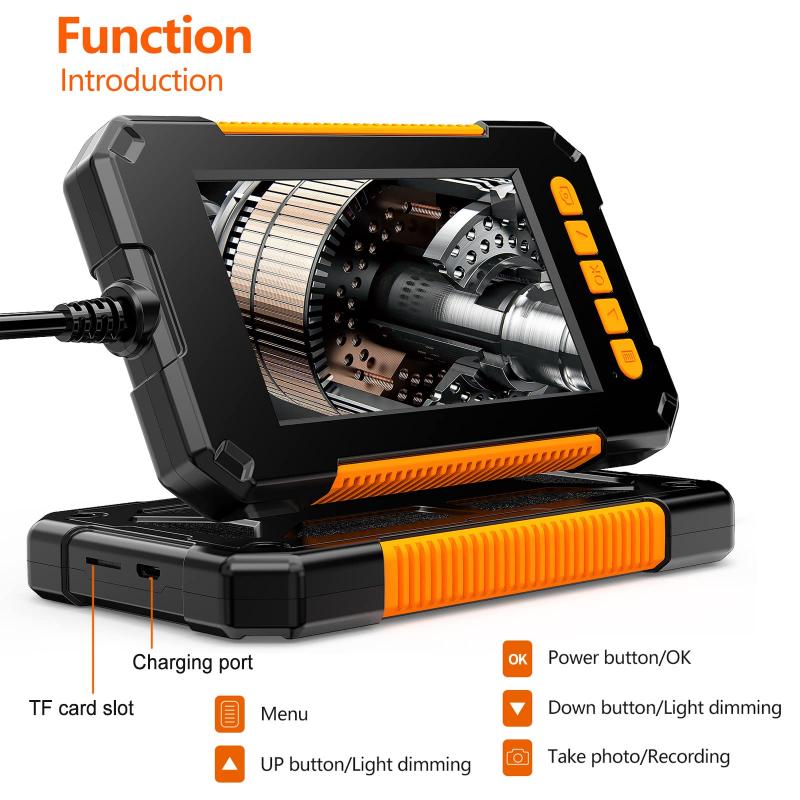
Can I get an endoscope at gastroenterologist? Yes, you can get an endoscope procedure done at a gastroenterologist's office. An endoscopy is a medical procedure that involves the use of an endoscope, a flexible tube with a camera and light at the end, to examine the digestive tract. Gastroenterologists are specialists in the digestive system and are trained to perform endoscopy procedures.
Preparation for an endoscopy procedure typically involves fasting for a certain period of time before the procedure, usually 6-8 hours. This is to ensure that the stomach and intestines are empty, which allows for better visualization during the procedure. Patients may also be asked to stop taking certain medications before the procedure, such as blood thinners or aspirin, to reduce the risk of bleeding.
In recent years, there have been advancements in endoscopy technology, such as the development of capsule endoscopy, which involves swallowing a small camera in a pill form to examine the digestive tract. This technology is particularly useful for examining the small intestine, which is difficult to visualize with traditional endoscopy.
Overall, endoscopy procedures are safe and effective diagnostic tools for a variety of digestive system conditions. If you are experiencing symptoms such as abdominal pain, difficulty swallowing, or persistent heartburn, it may be worth consulting with a gastroenterologist to determine if an endoscopy procedure is appropriate for you.
4、 Risks and Complications of Endoscopy
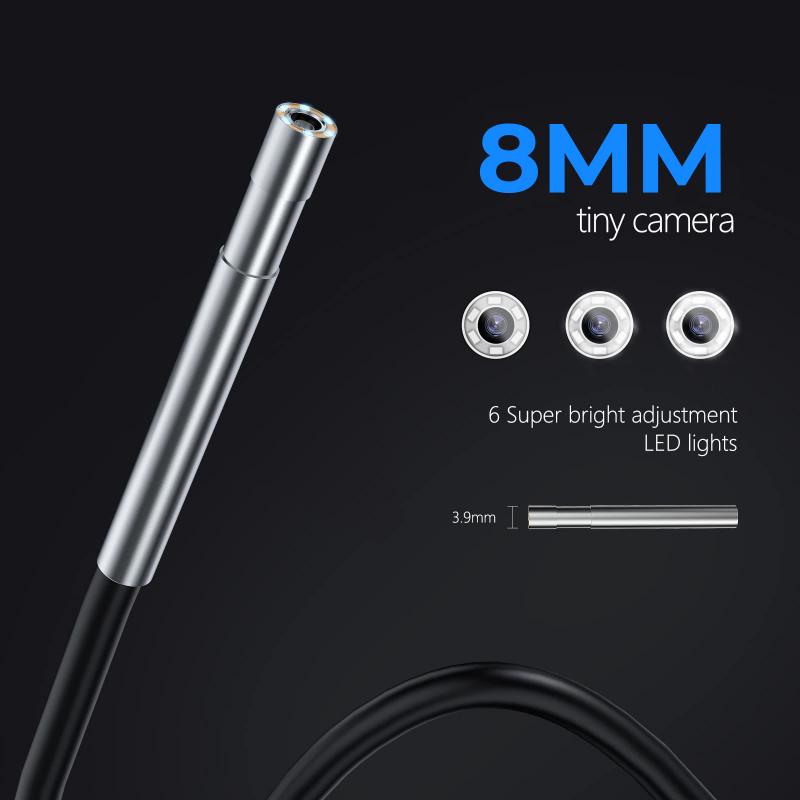
Can I get an endoscope at gastroenterologist?
Yes, you can get an endoscope at a gastroenterologist. Endoscopy is a common procedure used by gastroenterologists to diagnose and treat various gastrointestinal conditions. During an endoscopy, a flexible tube with a camera and light at the end is inserted through the mouth or anus to examine the digestive tract.
While endoscopy is generally considered safe, there are some risks and complications associated with the procedure. These include bleeding, infection, perforation of the digestive tract, and adverse reactions to sedation or anesthesia. However, the risk of complications is relatively low, and most people experience no problems after an endoscopy.
In recent years, there has been growing concern about the potential transmission of infectious diseases during endoscopy. This has led to increased emphasis on infection control measures, such as proper cleaning and disinfection of endoscopes and other equipment. Additionally, some gastroenterologists are now using disposable endoscopes to reduce the risk of infection.
Overall, endoscopy is a safe and effective tool for diagnosing and treating gastrointestinal conditions. If you are experiencing symptoms such as abdominal pain, nausea, or difficulty swallowing, a gastroenterologist may recommend an endoscopy to help determine the cause of your symptoms and develop an appropriate treatment plan.

